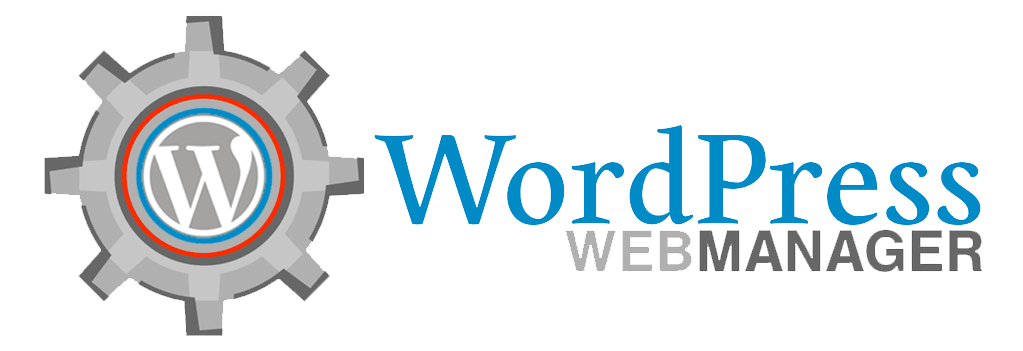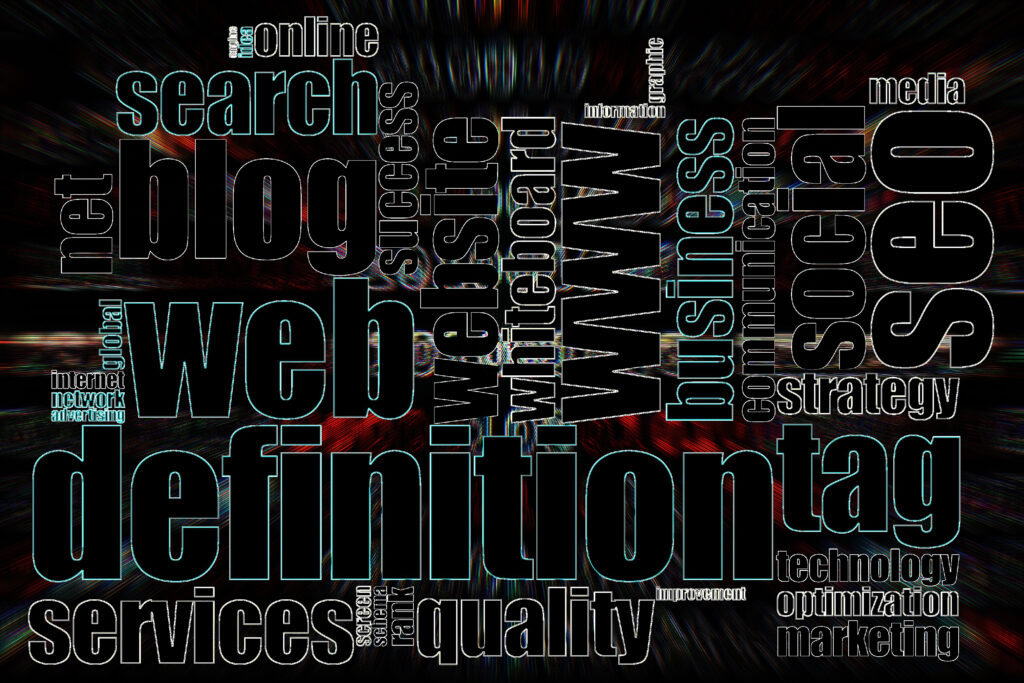WordPress Updates
WordPress updates are essential for keeping your WordPress blog secure from hackers. A WordPress update will require you to log in and change your WordPress settings so that any security-related issues can be dealt with. You will have to create a WordPress userid and password and then choose an update package from the WordPress Update menu to complete the update.
WordPress updates come in two categories, major releases and minor releases. A major release is a large update such as the latest WordPress 4.0 update or the upgrade of your plugins. Minor releases are smaller changes and generally include only fixes and improvements. WordPress has a support center that offers information on when there new versions of WordPress and a variety of tutorials to help you learn how to update your WordPress blog.
WordPress updates are not problematic just because you have to go in and change your WordPress userid and password, and then select a new update package. WordPress updates come with a short-term version and a long-term version. When you run WordPress updates it will check to see if it has made any changes and then upgrade WordPress. The WordPress updates page will appear and you will be able to see when each version is available. You may find that a certain update is broken and you need to wait for WordPress to fix it or you may choose to ignore the problem and wait until the next major release.
If you want to be able to update WordPress without being logged in as the administrator, you will have to enable the “permalinks” option in your admin dashboard. WordPress will search in your theme’s directory for any sub-directory that matches the version number you entered and will copy the URL of the file that matches the version number you provided. WordPress will then check to see if the files are available and prompt you to download and install the files. If you have WordPress themes that have database files, you will need to upload these files and then update WordPress.
Some of the plugins for WordPress also have support for WordPress updates. These plugins will search your theme directories for a file with a matching version number and will automatically update WordPress when this file is updated. Other plugins exist that allow you to specify which files are to be downloaded and installed, and then WordPress will search your theme directories for any new updates to these files. Once you have WordPress updates these files, they will replace the old versions.
WordPress offers support for several different types of plug-ins and themes. Some of the common plugins available are the All-in-One-SEO plugin, which will instantly replace all your web pages with search engine optimized pages. The All-in-One-SEO plug-in is available for all of the themes that are on your WordPress site at once. This will automatically update all of the content on your site.
Some of the more complicated plug-ins to manually update WordPress include the All-in-One-SEO Plus plugin, which will automatically download a new version of your page whenever an upgrade is available, and then it will update WordPress. There is also the All-in-One-SEO-Plus- ZIP Plugin available for any plugin that supports zipping files. The All-in-One-SEO- ZIP Plugin will automatically update WordPress on any website that has the plugin enabled. The Advanced Upload Scroller is available for any post types that require a thumbnail, and it will update WordPress when a new version becomes available.
WordPress updates can be a pain if you do not understand the WordPress update process. If you begin to notice problems updating WordPress, there are several things you can do to get everything updated correctly. WordPress will notify you when it cannot load an update. In some cases, it may have caused problems with your FTP access; in these cases you will need to log into your WordPress admin and fix any problems with updating your WordPress database or files. Many WordPress users are surprised by how easy it is to navigate the WordPress admin and find the update button, so make sure you understand WordPress updates well before attempting to do them on your own.




